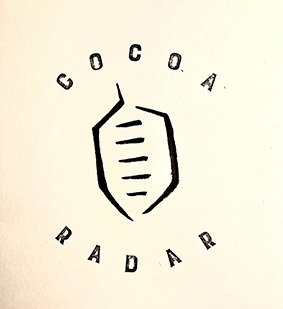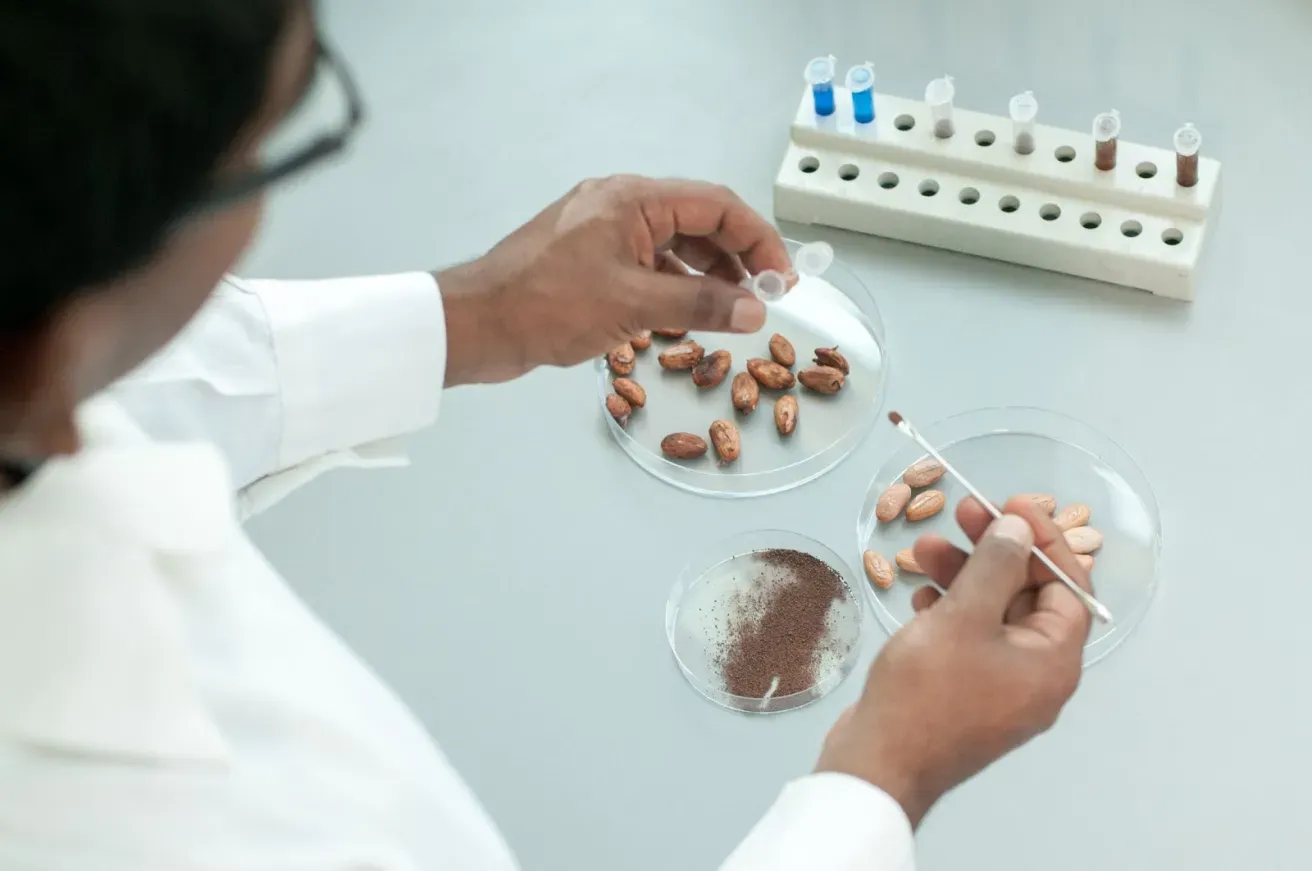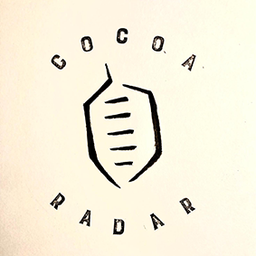The science behind cocoa cell culture—growing cocoa cells in bioreactors under controlled conditions—is no longer the preserve of academic labs. Major chocolate companies, including Barry Callebaut, Lindt, and Mondelēz, are investing in research hubs and start-ups to bring this innovation to life. If successful, it could supplement traditional cocoa, support sustainable supply chains, and reshape what we think of as 'chocolate'.
Barry Callebaut Makes Its Move
The most striking signal that cell-cultured chocolate is no longer niche came recently when Barry Callebaut, the world’s largest cocoa processor, announced a strategic R&D partnership with Zurich University of Applied Sciences (ZHAW).

The company, under pressure from declining sales (-6%) and tight global supply, is actively investing in alternative cocoa sources as part of its long-term innovation strategy.
“This partnership reflects our proactive approach to building innovation capabilities that will shape the future of chocolate,” said Dries Roekaerts, President of Customer Experience at Barry Callebaut. “We are not replacing cocoa from farms, but rather preparing for a future where we can offer consumers additional choices and ensure long-term supply security.”
Leading the ZHAW scientific effort are professors Tilo Hühn and Regine Eibl, respected pioneers in cell culture technologies. Their expertise in scaling biotechnological solutions for food systems positions this collaboration at the frontier of food-tech and confectionery.
A Swiss Hub for Chocolate Innovation
The heart of this innovation lies in Switzerland, particularly in Zurich, now a hotbed of cocoa-related biotech. In addition to ZHAW, researchers at ETH Zurich are reimagining the chocolate recipe itself. A team led by Professor Erich Windhab and food scientist Kim Mishra has developed a chocolate made entirely from the cocoa fruit—utilising the often-discarded pulp and shell.
Their formulation replaces refined sugar with a natural 'cocoa gel' derived from the fruit’s pulp and endocarp, offering:
- Up to 20% less added sugar
- 30% lower saturated fat
- +20% dietary fiber
- Over 70% utilization of the cocoa fruit
This approach not only boosts the nutritional profile of chocolate but also enhances its sustainability by drastically reducing waste.
Startups and Investment Surge
The movement isn’t confined to universities or legacy players. Startups are thriving in this new space:
- California Cultured (USA) and Celleste Bio (Israel) are actively developing cell-cultured cocoa, backed by giants like Mondelēz SnackFutures.
- Food Brewer (Switzerland) recently raised CHF 5M in seed extension from Lindt & Sprüngli and Sparkalis, and is preparing a US FDA submission.
- Koa—operating between Switzerland and Ghana—focuses on sustainable cocoa fruit innovation and ingredient recovery.
The combined momentum from start-ups and corporates signals a shared recognition: the future of chocolate needs alternatives—diverse, resilient, and climate-proof.

Regulatory Hurdles in the US and Europe
Despite the scientific advancements and funding, significant regulatory challenges persist.
In the US, companies must secure GRAS (Generally Recognized As Safe) status for any cell-cultured ingredient to enter the market. The FDA requires rigorous safety assessments and transparent labelling, which means terms like 'lab-grown' or 'cell-based' may require public education and trust-building before they are fully accepted.
Most players estimate market readiness by 2026–2027, depending on regulatory timelines and production scale.
In the EU, the challenges are two-fold:
- Strict labelling laws prohibit calling a product 'chocolate' if it doesn’t contain traditional cocoa.
- Consumer perception is delicate—taste and mouthfeel matter, and early sensory tests show mixed results. Some trials, such as those by Planet A, are promising, but broader acceptance remains a hurdle.
A Complement, Not a Replacement
Across the board, industry leaders are clear: cell-cultured cocoa is not intended to replace traditional cocoa farming. Rather, it serves to diversify supply, mitigate climate and geopolitical risks, and offer new product categories.
Startups and researchers alike stress the complementary potential—especially in reducing pressure on ecosystems and enabling more sustainable, ethical sourcing models. It also presents opportunities for farmers to benefit from integrated systems that utilise the cocoa fruit more fully.
What’s Next?
As cocoa futures continue to trade near record highs and pressure mounts for sustainable sourcing, the business case for cell-based and cocoa-free chocolate grows stronger. While it may still be a few years away from appearing on supermarket shelves, the groundwork—scientific, commercial, and regulatory—is well underway.
CocoaRadar Insight: Keep an eye on regulatory filings from California Cultured and Food Brewer in 2026. GRAS approvals could trigger the first commercial launch wave of cell-cultured chocolate in the US – and a consumer perception battle that could redefine the concept of indulgence.
From the Desk of CocoaRadar is the official media partner ECA 9th European Cocoa Forum.
- 'From Our Desk. To Yours. Daily.'
- Sign-up here for free and upgrade to an annual plan.


